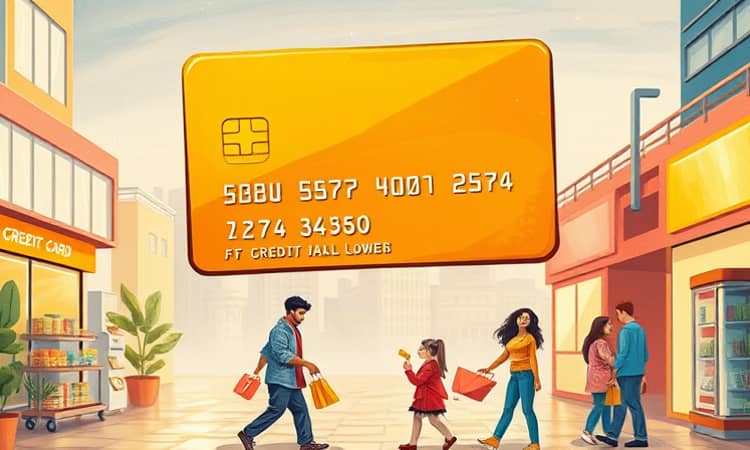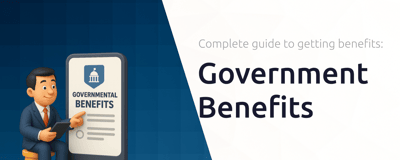Every swipe, tap, or online purchase taps into more than just funds—it taps into your financial reputation. Many consumers overlook the subtle power your credit card limit wields over your overall monetary health. Understanding and managing that number can set you on a path toward stability, growth, and peace of mind.
In this comprehensive guide, we explore why your credit limit deserves more attention than you might think. From its direct influence on your credit score to its role as a critical safety net, you’ll learn actionable strategies to harness this often-underestimated financial tool.
Understanding Your Credit Card Limit
Your credit card limit is the maximum amount you can borrow on a single card. Issuers determine this ceiling by evaluating factors such as income, credit history, and existing debt levels. While the initial limit is set when you open the account, many banks offer periodic reviews that can lead to increases or decreases.
Knowing how your limit is calculated empowers you to make tailored requests for adjustments. By demonstrating consistent earnings or paying down revolving balances, you position yourself as a reliable borrower and boost your chances for automatic or manual limit raises.
The Direct Impact on Your Credit Score
One of the most significant effects of your credit limit is its role in the credit utilization ratio calculation. This ratio represents the portion of your total credit you currently use, and it’s a major component of most scoring models.
Experts recommend keeping utilization below 30%, with elite scorers often under 10%. When you approach or exceed that threshold, lenders view you as more of a risk, causing your score to dip. Conversely, a higher limit with the same balance lowers your utilization, enhancing your credit profile.
The Power of Financial Flexibility and Emergency Safety Net
A generous credit limit offers more than just room to spend—it can be a vital buffer when unexpected costs arise. Whether it’s a sudden car repair or an urgent medical bill, the extra headroom on your card can prevent you from depleting your savings or resorting to high-interest alternatives.
By maintaining ample available credit in reserve, you reduce anxiety around emergency expenses. That peace of mind allows you to focus on long-term goals, such as building investments or saving for major life events.
Risks of Mismanaging Your Limit
While a higher limit can be empowering, misuse carries real consequences. Overspending can lead to over-the-limit fees, interest charges, and even account suspension. In worst-case scenarios, persistent high balances may prompt your issuer to lower your limit or close your account entirely.
Beyond immediate penalties, signaling irresponsible credit behavior can have a cascade effect on your financial health. Higher debt-to-available-credit ratios suggest elevated risk, which can translate to loan denials or steeper borrowing costs down the road.
Smart Strategies to Maximize Benefits
Adopting disciplined habits around your limit can turn it from a hidden threat into a powerful asset. Consider these practical approaches:
- Pay balances in full or make multiple payments per month to keep utilization below 30 percent.
- Review your credit report annually for errors and dispute inaccuracies promptly.
- Request periodic credit line increases after demonstrating on-time payments for six months or more.
- Spread expenses across multiple cards to avoid concentrating high balances on a single account.
- Set up balance alerts to warn you as you approach your limit.
Real-Life Scenarios: A Tale of Two Consumers
Meet Jane and Michael. Jane’s card limit was $5,000, and she routinely carried a balance near $4,500. Her utilization hovered around 90%, which contributed to a lower credit score and higher interest on her personal loan.
Michael, on the other hand, had a $10,000 limit and kept his spending under $1,000 each month. By paying his bill in full and maintaining just 10% utilization, he enjoyed a top-tier credit rating, lower loan rates, and received unsolicited limit increase offers.
Their stories underscore a crucial truth: the difference between financial stress and opportunity often boils down to how you manage your credit utilization, not just your income or debt levels.
Building a Stronger Financial Future
Your credit card limit is more than a spending cap—it’s an instrument for credit health, financial resilience, and strategic growth. By mastering the concepts of utilization and limit management, you can unlock a wealth of benefits.
Begin by monitoring your balances, setting proactive alerts, and seeking increases only after establishing consistent on-time payments. Remember, each responsible action signals your creditworthiness to lenders, opening doors to better products and more favorable rates.
Empower yourself with knowledge, maintain clear financial boundaries and smart habits, and watch as your credit limit transforms from a mere number into a cornerstone of lasting financial wellbeing.
References
- https://www.bankatfirst.com/personal/discover/flourish/benefits-of-higher-credit-card-limits.html
- https://bettermoneyhabits.bankofamerica.com/en/credit/understanding-your-credit-limit
- https://www.scotiabank.com/ca/en/personal/advice-plus/features/posts.credit-card-limit-increase-pros-cons.html
- https://sffirecu.org/learning-center/credit-limits
- https://www.capitalone.com/learn-grow/money-management/what-is-a-credit-limit/
- https://www.experian.com/blogs/ask-experian/does-going-over-my-credit-limit-affect-my-credit-score/
- https://www.rocketmoney.com/learn/debt-and-credit/credit-limit














